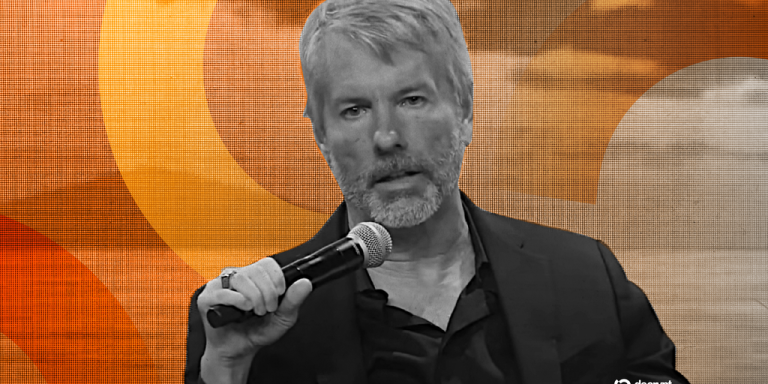
A Glimpse into European Living: Lifestyle Trends to Expect in 2025
European living is known for its unique blend of traditional and modern lifestyles. As we approach 2025, several trends are expected to shape the way Europeans live, work, and interact with each other. In this article, we will explore the top lifestyle trends to expect in European living in 2025, focusing on European living and the latest developments in the region.
Sustainability and Eco-Friendliness
Sustainability has become a major concern in recent years, and Europeans are leading the way in adopting eco-friendly lifestyles. In 2025, we can expect to see a significant increase in the use of renewable energy sources, such as solar and wind power, and a reduction in carbon emissions. Cities like Copenhagen and Stockholm are already investing heavily in green infrastructure, and other European cities are likely to follow suit.
Additionally, Europeans are expected to adopt more sustainable consumption habits, such as reducing food waste, using public transport, and buying locally sourced products. The sharing economy is also expected to grow, with more people using car-sharing services, bike-sharing schemes, and other collaborative consumption models.
Wellness and Self-Care
Wellness and self-care are becoming increasingly important in European living. In 2025, we can expect to see a growing emphasis on mental health, with more people prioritizing self-care and stress management. The wellness industry is expected to boom, with a rise in yoga and meditation studios, spas, and healthy food restaurants.
Europeans are also expected to adopt more active lifestyles, with a focus on outdoor activities like hiking, cycling, and swimming. The growth of urban parks and green spaces is expected to continue, providing Europeans with more opportunities to connect with nature and stay active.
Technology and Innovation
Technology is expected to play a major role in shaping European living in 2025. The Internet of Things (IoT) will continue to transform the way Europeans live and work, with more smart homes, smart cities, and connected devices. Artificial intelligence (AI) will also become more prevalent, with applications in healthcare, finance, and education.
Furthermore, Europeans can expect to see significant advancements in transportation technology, including the growth of electric and self-driving vehicles. The use of virtual and augmented reality is also expected to increase, with applications in entertainment, education, and healthcare.
Urbanization and Community Living
Urbanization is expected to continue in Europe, with more people moving to cities in search of work, education, and cultural opportunities. However, this trend is also expected to lead to a growing emphasis on community living and social connections.
Europeans are expected to prioritize community-oriented lifestyles, with a focus on shared public spaces, community events, and social activities. The growth of co-living and co-working spaces is expected to continue, providing Europeans with more opportunities to connect with others and build meaningful relationships.
Conclusion
In conclusion, European living in 2025 is expected to be shaped by several key trends, including sustainability, wellness, technology, and urbanization. As Europeans continue to adapt to the challenges of the 21st century, we can expect to see a growing emphasis on eco-friendly lifestyles, self-care, and community living.
By understanding these trends, individuals and businesses can prepare for the future and make informed decisions about how to adapt to the changing European landscape. Whether you’re a European resident or just visiting, 2025 is set to be an exciting year for European living, with plenty of opportunities to experience the unique blend of tradition and modernity that the region has to offer.






